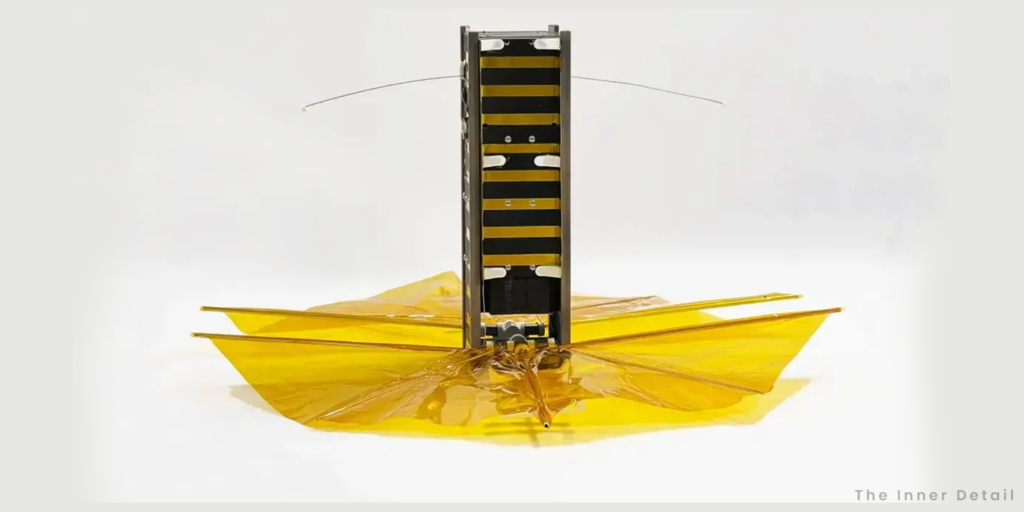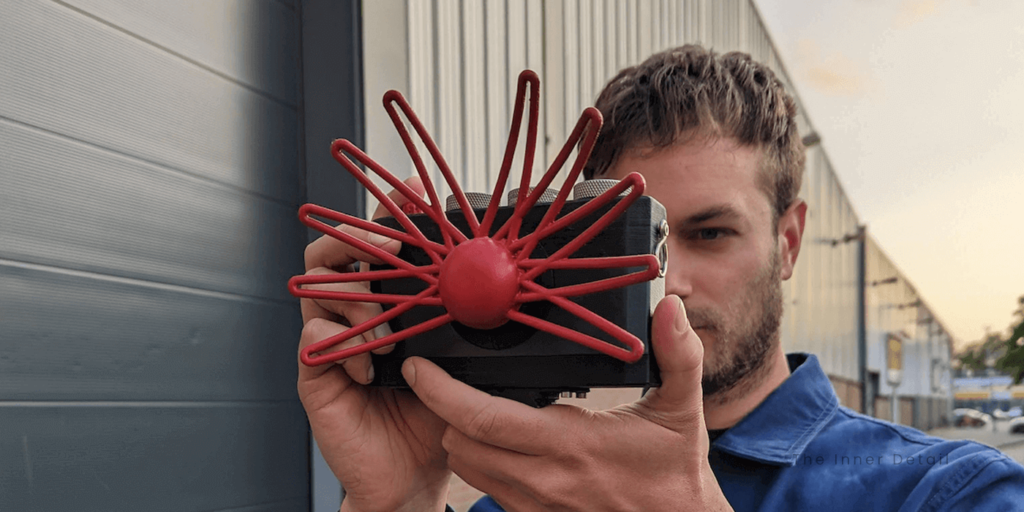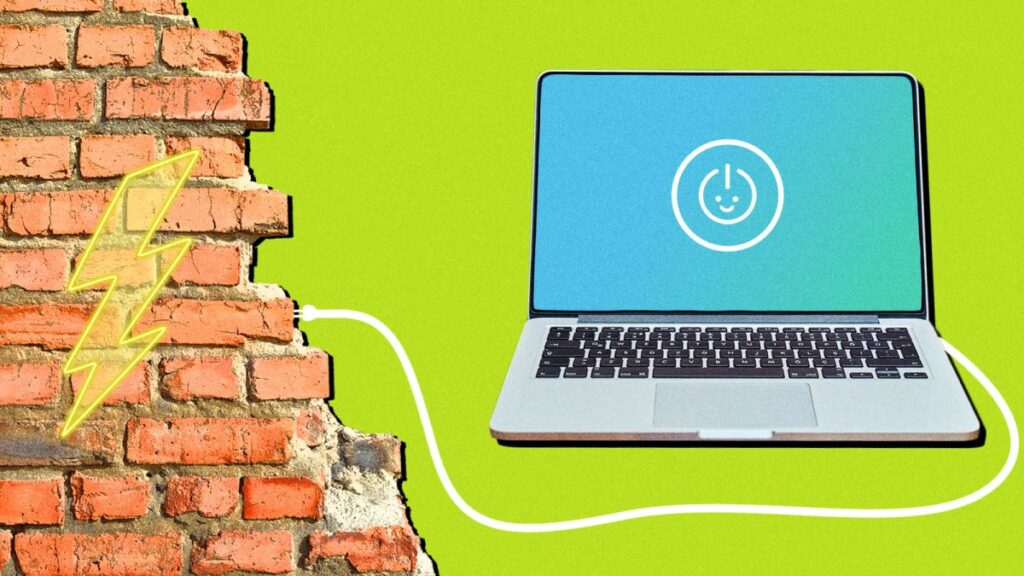A new satellite called “SBUDNIC”, built by students of Brown University paved the way to reduce space junk; the satellite re-enters to earth, after the mission.
Space debris or space junk has been a growing concern as it could create big problems to spacecrafts and satellites. More than 27,000 pieces of space junk are found hovering around in space, says Department of Defense’s global Space Surveillance Network sensors. The rising count of space debris increases the potential danger to all space vehicles, including the International Space Station and other spacecrafts.
In tackling this issue, an interdisciplinary team of students from Brown University in U.S, has designed a low-cost method to reduce space junk, by enabling satellites to return to earth after their mission.
SBUDNIC Satellite
The satellite named “SBUDNIC”, is one of the smallest and cheapest satellites ever sent to space, as a low-cost experiment for deriving a method for reducing space junk. SBUDNIC measures only 10 x 10 x 10 centimeters and costed only $10,000 to make. The team built it on a shoestring budget using off-the-shelf supplies, including 48 Energizer AA batteries.
SBUDNIC was launched into space on Elon Musk’s SpaceX rocket in May 2022 as part of the Transporter 5 ridesharing mission and was designed to tackle the growing issue of space junk. The satellite made its reentry into Earth’s atmosphere on August 8, 2023 after spending 445 days in the orbit, marking successful conclusion of low-cost experiment aimed at reducing space debris, five years ahead of schedule.
For this, the team added a plastic drag sail made from Kapton polyimide to SBUDNIC. The sail popped open like an umbrella upon deployment at about 520 kilometers, well above the orbit of the International Space Station, and helped push the satellite back down to Earth quicker than anticipated.
“We were trying to prove that there are ways of deorbiting space junk after mission life has ended that are not super costly,” said Selia Jindal, who was one of the project leads. “This showed that we can do that. We were successfully able to Detroit our satellite so that it’s no longer taking up space in Earth’s orbit. More importantly, the project really helped show there are significant plans we can put in place to combat the space junk problem that are cost effective.”
Will it really enter Earth? No
Most satellites remain in orbit for an average of 25 years or more after they have served their purpose. To help combat this, the Federal Communications Commission adopted a new 5-year rule in 2022 for deorbiting satellites.
Looking at tracking data from Space Command, SBUDNIC represented an overwhelming success towards that goal, and it didn’t take long. In fact, SBUDNIC’s drop from orbit was visibly exponential.
“In early March, for instance, SBUDNIC was at about 470 kilometers above the Earth while the other similarly-sized satellites deployed to the same altitude as part of the same SpaceX rideshare mission were still at altitudes of 500 kilometers or more. SBUDNIC’s last known position was recorded on Aug. 8 at 146 kilometers, before burning up in the atmosphere due to heat generated from reentry,” reported Brown University.
(For more such interesting informational, technology and innovation stuffs, keep reading The Inner Detail).
Kindly add ‘The Inner Detail’ to your Google News Feed by following us!







